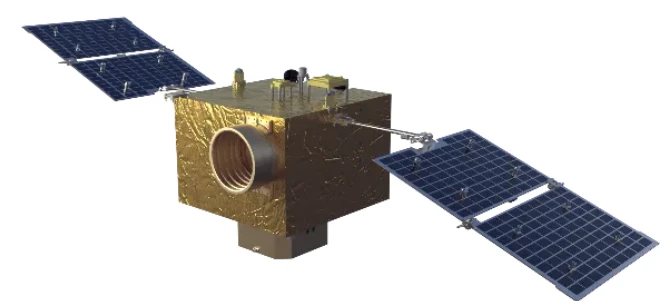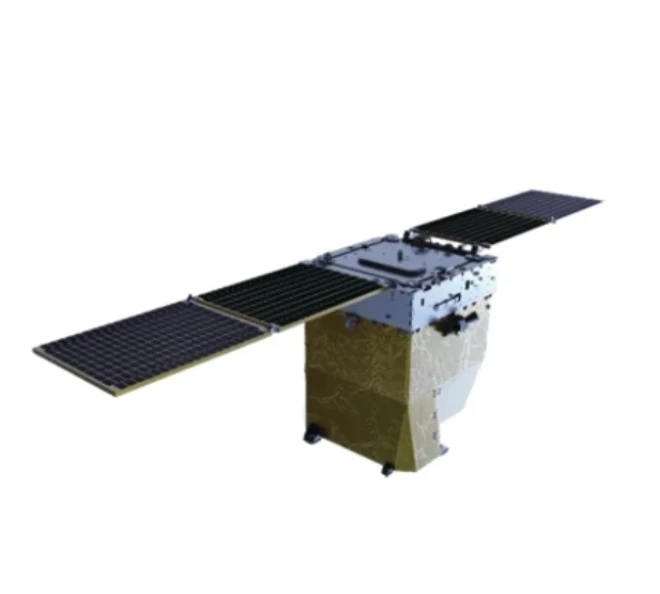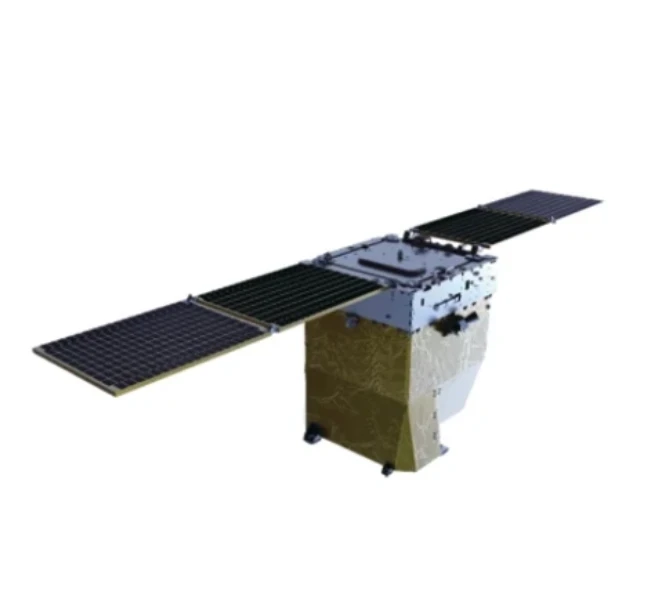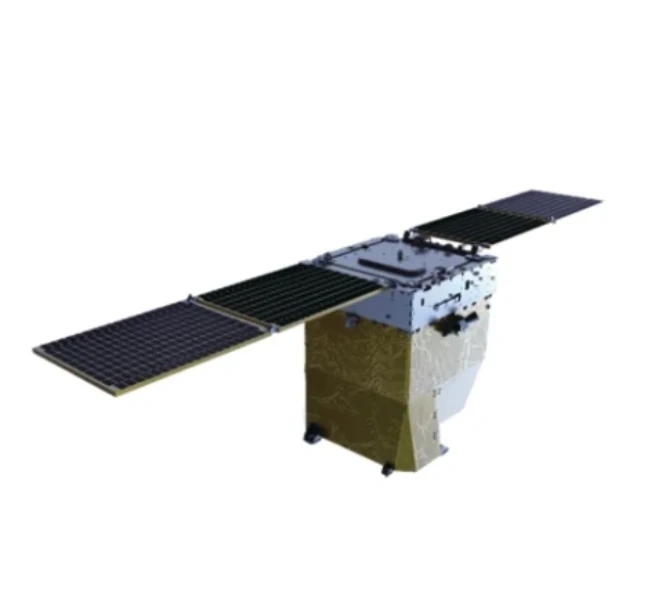
- अफ्रिकी
- अल्बेनियाली
- अम्हारिक
- अरबी
- अर्मेनियाली
- अजरबैजानी
- बास्क
- बेलारूसी
- बंगाली
- बोस्नियाली
- बुल्गेरियन
- क्याटालान
- सेबुआनो
- चीन
- कोर्सिकन
- क्रोएसियाली
- चेक
- डेनिस
- डच
- अंग्रेजी
- एस्पेरान्तो
- इस्टोनियाली
- फिनिस
- फ्रान्सेली
- फ्रिसियन
- ग्यालिसियन
- जर्जियाली
- जर्मन
- ग्रीक
- गुजराती
- हाइटियन क्रियोल
- हौसा
- हवाईयन
- हिब्रू
- होइन
- मियाओ
- हंगेरी
- आइसल्याण्डिक
- इग्बो
- इन्डोनेसियाली
- आइरिस
- इटालियन
- जापानी
- जाभानीज
- कन्नड
- काजाख
- खमेर
- रुवान्डा
- कोरियाली
- कुर्दिश
- किर्गिज
- श्रम
- ल्याटिन
- लाटभियन
- लिथुआनियाली
- लक्जमबर्गिश
- म्यासेडोनियन
- मालागासी
- मलाय
- मलयालम
- माल्टीज
- माओरी
- मराठी
- मङ्गोलियन
- म्यानमार
- नेपाली
- नर्वेजियन
- नर्वेजियन
- ओसीटान
- पश्तो
- फारसी
- पोलिश
- पोर्चुगिज
- पञ्जाबी
- रोमानियाली
- रुसी
- सामोअन
- स्कटिश गेलिक
- सर्बियाली
- अंग्रेजी
- शोना
- सिन्धी
- सिंहला
- स्लोभाक
- स्लोभेनियाली
- सोमाली
- स्पेनी
- सुडानी
- स्वाहिली
- स्विडेनी
- तागालोग
- ताजिक
- तमिल
- टाटर
- तेलुगु
- थाई
- टर्की
- तुर्कमेनिस्तान
- युक्रेनी
- उर्दू
- उइघुर
- उज्बेक
- भियतनामी
- वेल्श
- मद्दत
- यिद्दिस
- योरुबा
- जुलु
The Power of Satellite Remote Sensing
In a rapidly changing world, gaining accurate, real-time information about Earth's surface has become more critical than ever. Through the advancement of satellite remote sensing data, we are now able to observe, measure, and analyze planetary phenomena with unprecedented precision. Whether monitoring urban expansion, agricultural patterns, or natural disasters, satellite based remote sensing provides vital insights that shape decision-making processes across industries and governments.
Understanding the Importance of Satellite Remote Sensing Data
Satellite remote sensing data serves as the foundation for a wide array of applications, from climate studies to land management. By capturing electromagnetic radiation reflected or emitted from Earth's surface, satellite remote sensing data enables researchers to analyze terrain conditions without physical contact. This non-invasive technique is crucial for monitoring remote or hazardous areas where ground surveys are impractical. As technological capabilities advance, the richness and accuracy of satellite remote sensing data continue to grow, offering new possibilities for scientific exploration and commercial applications.
The Unique Value of Night Time Light Satellite Imagery
One of the most fascinating innovations in satellite remote sensing data is night time light satellite imagery. By capturing the artificial illumination of Earth's surface at night, night time light satellite imagery provides invaluable insights into human activity, economic development, and infrastructure growth. City expansions, power outages, and even conflict zones can be tracked through variations in nighttime illumination. Governments and humanitarian organizations frequently rely on night time light satellite imagery to assess disaster impacts, monitor refugee movements, and measure socio-economic trends from a global perspective.
How to Get Latest Satellite Images for Effective Analysis
For researchers, urban planners, or environmentalists seeking to stay updated, knowing how to get latest satellite images is essential. Today, several platforms provide access to fresh satellite remote sensing data, ranging from open-source programs like Copernicus and Landsat to commercial services offering higher resolution imagery. Understanding how to get latest satellite images often involves balancing factors such as image resolution, update frequency, geographic coverage, and licensing agreements. With improvements in data accessibility, more industries are able to leverage near real-time information for smarter, faster decision-making.
The Expanding Applications of Satellite Based Remote Sensing
The scope of satellite based remote sensing applications is continuously broadening. Originally designed for military and weather forecasting purposes, satellite based remote sensing now plays a critical role in agriculture, forestry, urban planning, and disaster management. In agriculture, satellite based remote sensing supports precision farming by providing detailed crop health assessments. In environmental conservation, it aids in monitoring deforestation and habitat loss. With the growing availability of high-resolution imagery and advanced analytical tools, satellite based remote sensing is poised to be even more influential in shaping a sustainable future.
Satellite remote sensing data FAQs
How is satellite remote sensing data collected and used?
Satellite remote sensing data is collected by sensors onboard satellites that capture reflected or emitted electromagnetic radiation from Earth's surface. This data is processed and analyzed to provide valuable insights for various sectors such as agriculture, urban development, and disaster management.
Why is night time light satellite imagery important for economic studies?
Night time light satellite imagery is important because it correlates strongly with economic activity. By analyzing brightness levels, researchers can estimate GDP growth, monitor urbanization trends, and even assess the effectiveness of government policies in developing regions.
What industries benefit most from satellite based remote sensing?
Many industries benefit from satellite based remote sensing, including agriculture (crop monitoring), forestry (tracking deforestation), urban planning (analyzing city growth), and disaster response (assessing damages). The technology's versatility makes it a powerful tool across multiple fields.
How is night time light satellite imagery expected to evolve in the future?
The future of night time light satellite imagery will likely involve higher spatial resolution, faster image acquisition, and enhanced analytical techniques. These improvements will make it even easier to monitor socio-economic changes, environmental impacts, and urban development trends globally.











